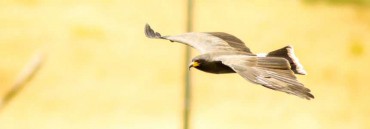DEFINITION of Hawks and Doves
Hawks and Doves is an expression. A hawk is someone who advocates keeping inflation low as the top priority in monetary policy.
A monetary dove is someone who emphasizes other issues, especially low unemployment, over low inflation.
WHAT IT IS IN ESSENCE
The two terms are commonly used in the United States to describe members and nominees to the Federal Reserve Board of Governors.
They have a major influence on United States monetary policy in their roles as Federal Reserve Governors and as members of the Federal Open Market Committee.
The traders and analysts also are using those expressions. That is their way to categorize members of Central Bank committees by their probable voting direction ahead of monetary policy meetings.
Hawks are those that want to see higher interest rates, while doves are those who would prefer interest rates to remain low.
Low inflation advocates vote for tighter monetary policy in which a central monetary authority seeks to restrict credit and raise interest rates.
Their aim is to keep inflation under control. This is usually at the expense of economic growth, as higher interest rates discourage borrowing and encourage savings.
Higher interest rates have a negative impact on stocks and stock indices. Because investors sell assets in favor of lower-risk investments that still offer strong returns.
This can cause the economy’s currency to rise.
Doves generally are more in favor of the expansionary monetary policy, including low-interest rates. This should increase spending, benefiting the economy, and increasing employment. But it comes with the risk of rising inflation.
HOW TO USE
For example, doves in the United States tend to favor quantitative easing. Seeing it as a way to stimulate the economy. While hawks tend to oppose quantitative easing. Seeing it as a distortion of asset markets. The hawks tend to project higher future inflation, and hence see more risk from inflation.
And a greater need for tight monetary policies, while doves tend to predict lower future inflation.
Hence they see more need for expansionary monetary policies.
The terms are also used outside of the United States, in places such as the United Kingdom and India.

